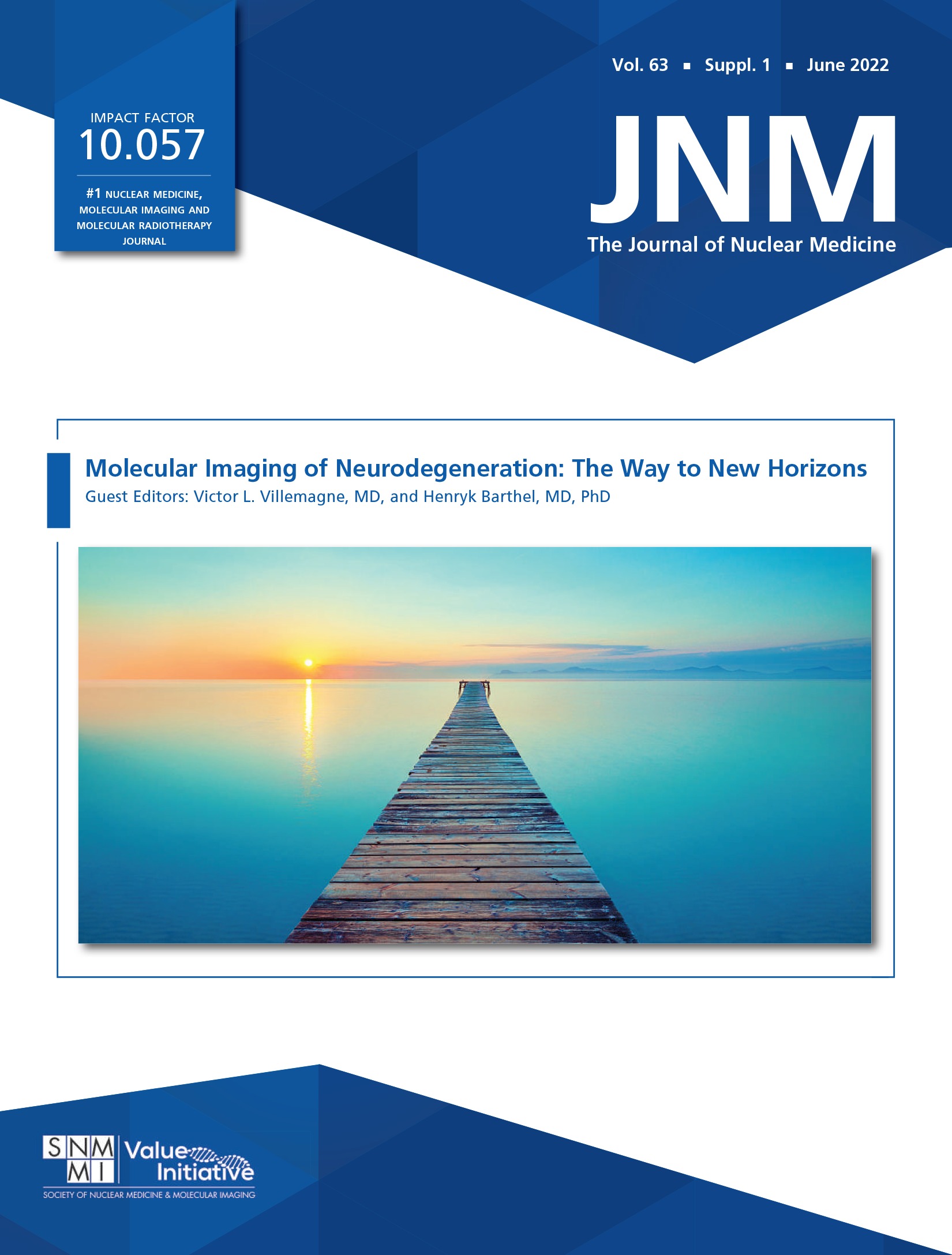
Quick Links
Resources
About MyEpilepsyTeam
Powered By



What Does This Mean: "Mild Asymmetric Decreased Cortical Uptake Along Portions Of The Medial Aspect Of The Left Temporal Lobe"
The medial temporal lobe (MTL) is a crucial region within the brain, situated on the inner side of the temporal lobe...
Hippocampal Region:
The hippocampal region, resembling a curved tube akin to a seahorse, resides within the MTL.
It is divided into two parts in each hemisphere of the brain.
Although not visible without dissection, the hippocampus plays several pivotal roles:
Memory Consolidation: It helps convert short-term memories into long-term ones.
Spatial Memory: The hippocampus enables mental map construction and aids navigation.
Retrieval and Maintenance: It assists in retrieving and maintaining declarative memories stored in the neocortex1.
Other Components:
The MTL also encompasses other structures:
Perirhinal Cortex: Associated with memory storage.
Para hippocampal Cortex: Involved in spatial navigation and recognition.
Entorhinal Cortex: Essential for memory formation and retrieval.
Amygdala: Influences emotional responses and memory modulation1.
In summary, the medial temporal lobe is a remarkable hub for memory processes, allowing us to recall facts, personal experiences, and even that obscure actor from an equally obscure movie!
Doing research, I could maybe only answer some of that. The rest you might have to start asking questions.... which is the "Mild Asymmetric Decreased Cortical Uptake Along Portions of the Medial Aspect of The Left Temporal Lobe."
The "reduced cortical uptake" in the medial aspect of the "left temporal lobe" can be indicative of various neurodegenerative conditions:
1. Alzheimer's Disease (AD):
- "18 F-FDG PET" often reveals decreased metabolic activity in the "lateral temporoparietal cortices", "precuneus", "posterior cingulate cortices", and "medial temporal lobes", including the hippocampi.
- In AD, the "bilateral medial temporal lobes" (including the hippocampus, amygdala, and Para hippocampal gyrus) may exhibit the "smallest glucose uptake decrease".
2. "Frontotemporal Dementia (FTD)":
- FTD is characterized by pathology affecting the "frontal and temporal lobes".
- "18 F-FDG PET" can differentiate between AD, FTD, and dementia with Lewy bodies (DLB).
- The "Hummingbird sign", a distinct focal decrease in uptake in the midbrain, is associated with FTD¹.
3. "Corticobasal Degeneration (CBD)":
- CBD shows "asymmetric decreased uptake" in the "parietal and primary sensorimotor cortex", "medial and lateral premotor areas", and "striatum".
4. "Mixed Dementia":
- Recent investigations have revealed a high prevalence of "mixed dementia" in the elderly, where overlapping and coexisting pathologies contribute to cognitive decline.
- "18 F-FDG PET" interpretation is evolving from a traditional dichotomous diagnosis (AD vs. FTD) to determining the most predominant underlying pathology for better care guidance.
Remember that "18 F-FDG PET" remains a valuable imaging modality for assessing various neurodegenerative disorders in a single test, aiding clinicians in diagnosis and care planning. If you have any specific symptoms or concerns, it's essential to consult with a medical professional for a comprehensive evaluation.
Source: Conversation with Bing, 4/20/2024
(1) Recognizing common PET patterns in neurodegenerative dementia. https://appliedradiology.com/articles/recognizi....
(2) Brain FDG PET and the Diagnosis of Dementia - AJR. https://www.ajronline.org/doi/pdf/10.2214/AJR.1....
(3) 18F-FDG PET Imaging in Neurodegenerative Dementing Disorders: Insights .... https://jnm.snmjournals.org/content/63/Suppleme....
(4) Complete Evaluation of Dementia: PET and MRI Correlation and Diagnosis .... https://www.ajnr.org/content/early/2021/04/29/a....
(5) undefined. https://doi.org/10.2967/jnumed.121.263194.




GULP , Too much for me , brother ericthom3
I always ask google...not that it is right all the time...hope you find your answer
I could of said that Laura
Seizures
Who Is Eligible For VNS?
Pregnancy And Epilepsy Medicines?